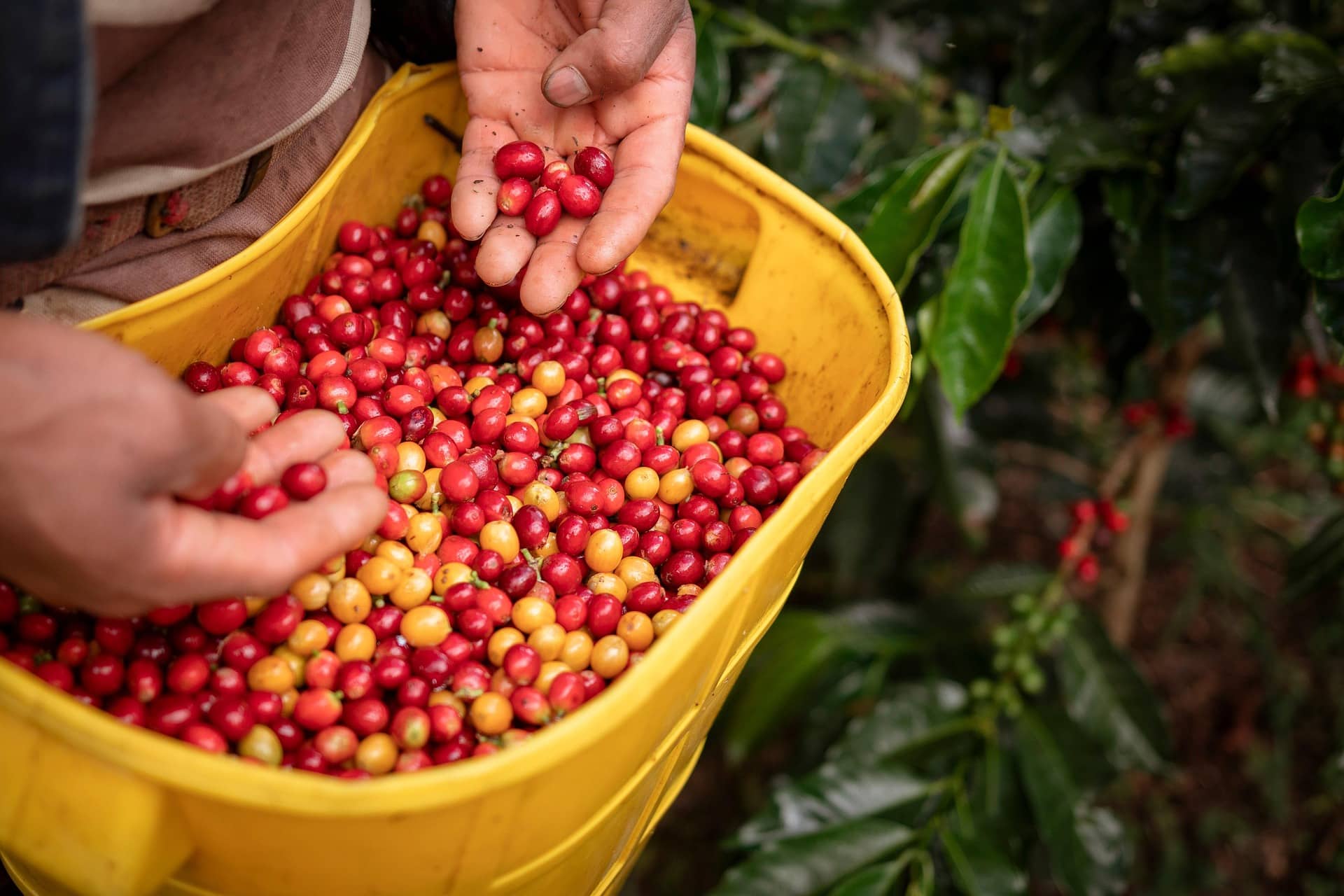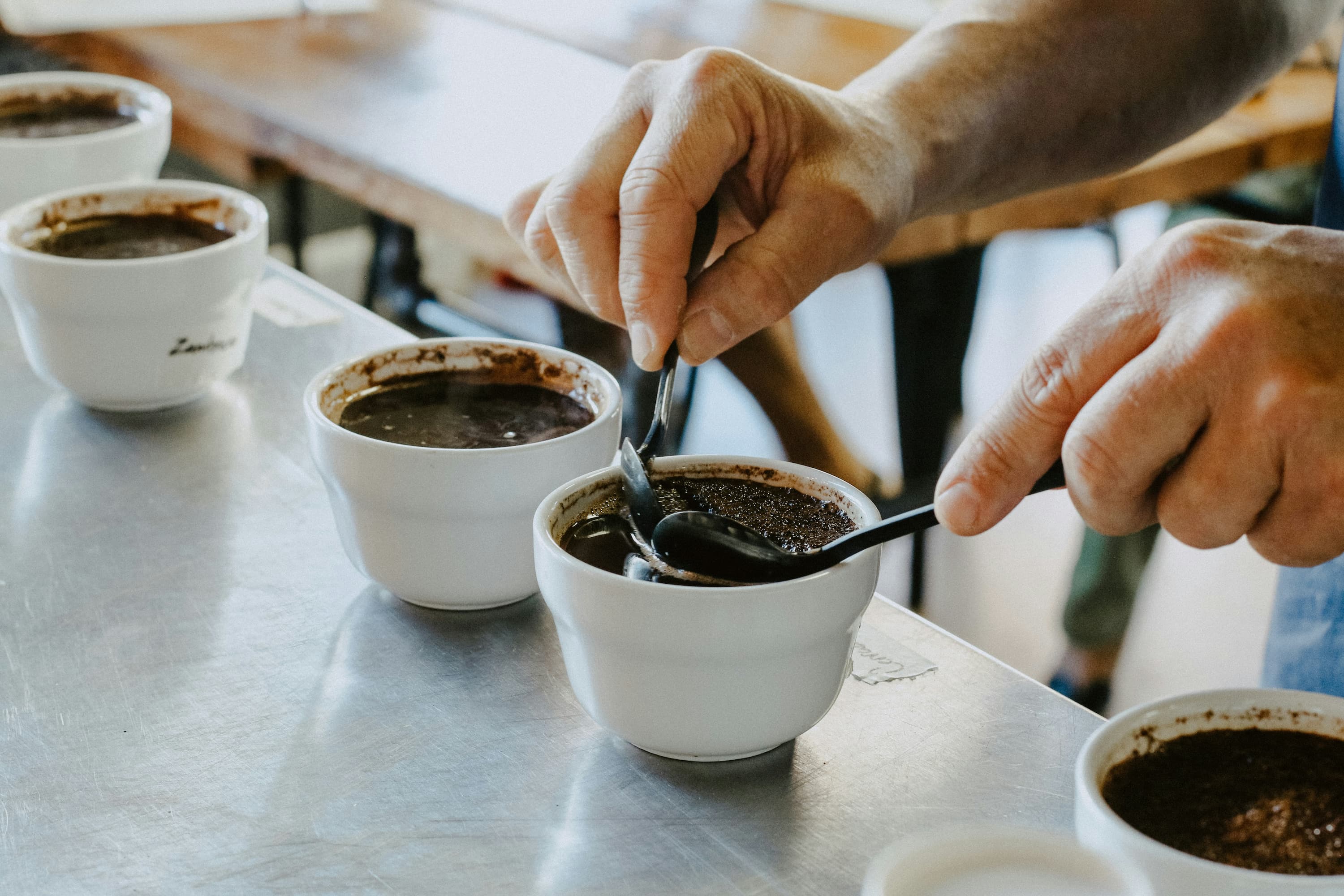
Coffee Certification Challenges
Once thought to be a straightforward incentive for producers and roasters, coffee certification challenges have become increasingly complex …

Packaging has become more than just a passive vessel for beans or grounds. New themes around artwork, sustainability and technology have infused new meaning and features into the core functional nature of a coffee bag.
If you haven’t thought about it before, let us be the first to tell you that there’s a lot that goes into coffee packaging. Among the features that can be customized: the overall structure and material; the package bottom (gusseted or not); the seal (zipper, tin tie, Velcro, etc.); the seal location (side, top); the cover design, finishes, label (placement, design and contents), and artwork; the degassing valve; and then a host of other customization options, depending on the package company.
And the bottom line for all these features, options, and new sustainability themes, is that the bag has to work. It has to keep your coffee intact, fresh, and able to be shipped. Mixing all these factors together is no easy feat.
We spoke to Hawaii-based Savor Brands, an industry leading package and print house that counts Paradeco Coffee Roasters, Metric Coffee, and Middle State Coffee as just a few of its many clients. Indicative of the evolution in coffee packaging, Savor even has an in-house technology development team called Savor Live that is dedicated to developing new solutions for packaging and methods of communicating relevant information to end consumers.
According to Marc Marquez, Director of Coffee at Savor, the current renaissance in packaging concepts is just beginning.
“A lot of us are familiar with QR codes but our team utilizes our clients’ packaging art to activate content and provide a unique platform for roasters to showcase their brand and tell their stories. Also included in our app is our mobile ordering platform so their customers can take full advantage of the app not only to view content but also to make purchases as well,” says Marquez, who is also a Licensed Q Arabica Grader.
The rotation toward content activation also means content inclusion. The labels on coffee packaging often include a variety of information, from roast level, to process method, to origin, even down to the farm or lot. While this information is never quite standardized from roaster to roaster, the kind of information that is featured is evolving across the industry.
As Marquez says, “While coffee packaging normally includes information like tasting notes and roast level there has been a noticeable effort by roasters to include traceability information about a coffee’s story such as showcasing specific farms and producers and how their coffees are sourced. This is a great way for consumers to know where their coffee comes from and how their purchase is supporting these producers. More importantly though, I have begun to see roasters provide their customers access to data like how much they pay producers for their coffee, amount of lots purchased, how their prices positively impact the producer’s ability to sustain themselves and even production costs on how it affects final retail prices.”
Traceability has been evolving as a concept from basic information about origins to transparent supply chain economics. The health of the coffee market itself is a generalized barometer for socioeconomic conditions worldwide: the ability of producers of in-demand agricultural products and commodities to make a sustainable living. Including production and supply chain economics addresses consumers’ interests in sourcing methods and ethics.
A big part of the traceability discussion also now centers on environmental sustainability, as climate change alters coffee-producing regions and jeopardizes the very foundation of Arabica coffee production as we know it. On this point, the millions of physical coffee packages being produced every year are made from material that comes from somewhere and that has to end up somewhere. This reality is shaping how many stakeholders in the coffee market operate – including companies like Savor.
“When we work with roasters on developing their packaging, a huge part of the conversation is the materials being used and how can it be either composted or repurposed. These details are passed down to their customers which engages dialogue and education. This creates a culture and sense of community since everyone involved is contributing towards a common goal in reducing waste,” Marquez says.
With all of this combined, we see a serious effort underway to fully utilize a coffee package to communicate new forms of content, traceability information, and supply chain economics. We also see an all-hands approach to sustainability.
Savor’s design process itself is also collaborative and iterative. Savor has a worldwide network of designers that they can tap into to help a roaster find the right imagery and art for them. Roasters can, and do, come to Savor with their own artwork from their own teams or local artists. And sometimes it’s a mix of creative input among designers, artists, roasters and Savor.
Ultimately, the functional purpose of packaging as a housing of coffee beans is just the start of what packaging is and can be. It touches every corner of the coffee market itself, from artistic expression, materials science, sustainability and environmental considerations, technology, and more.
The next time you’re in a market or receive your next coffee subscription delivery, spend a moment absorbing the packaging. The best examples are the results of complex considerations and processes by an ecosystem of creative minds.

Once thought to be a straightforward incentive for producers and roasters, coffee certification challenges have become increasingly complex …

Each quarter in our benchmarking report, we analyze a broad sample of single origin coffees from hundreds of small roasters …

You read tasting notes because they promise an experience. Yet the language on coffee bags often feels repetitive …
